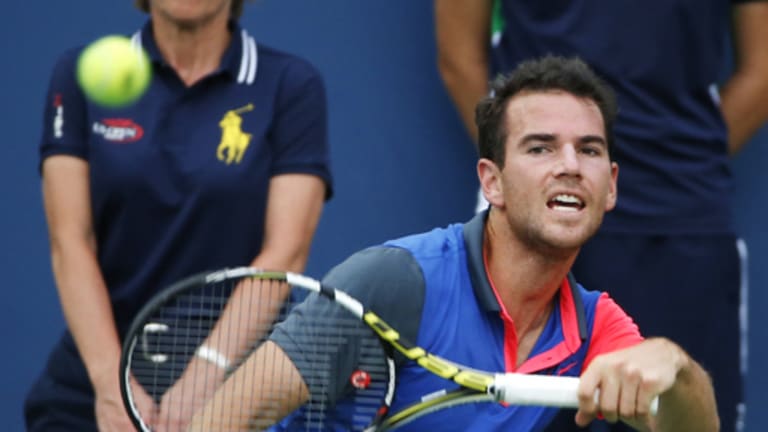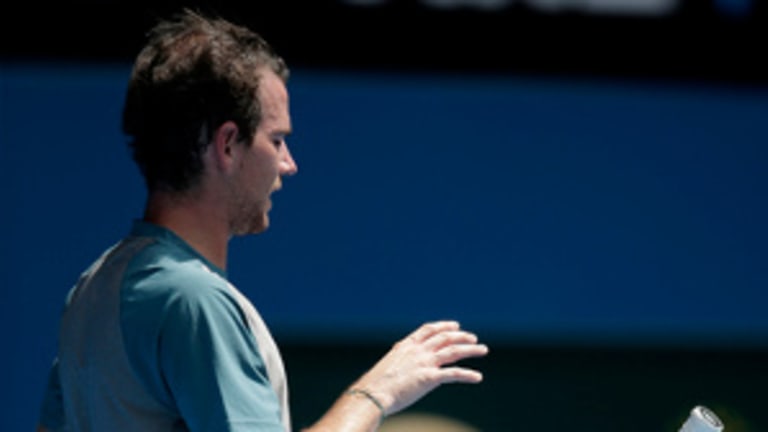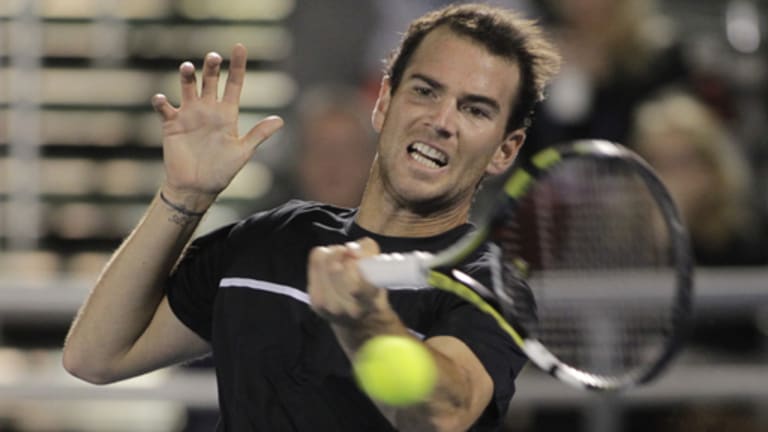Compounding his frustration, Mannarino said, was the advice he received from four specialists he consulted in Paris. Two suggested exploratory surgery. There was no guarantee of finding anything, and the procedure itself might have ended Mannarino’s career. He declined.
One brought up the idea of wearing a glove, like golfers, and the last specialist said the pain wouldn’t ever subside and that Mannarino should just forget about tennis. His emotional state deteriorated.
“The emotions weren’t the best because you are going to see a specialist and you realize he doesn’t give a sh-- about what you are saying to him,” said Mannarino, who likes to take the ball early with his compact forehand and backhand. “To him, if I was going to play or not play, it’s not going to change his life.
“Second, he’s not going to give you any solutions so you felt like you went to see him for nothing, and you are especially disappointed. The third point is that it costs you a lot of money.”
Without a firm diagnosis, Plan B was required. Altering the grip on the forehand seemed like the lone alternative. If that didn’t work, a premature end to his days on the tour beckoned. The hard graft began with his then coach, Olivier Ramos.
“It was a big change,” said Mannarino, also pegged back in his career by a serious knee injury roughly six years ago, and a hip complaint after his hand troubles necessitated “many” injections. “I realized even if I was able to play [with the old grip], I wasn’t able to play well. So I took three months off and worked on this. I changed completely the way I was holding the racket.
“I can’t complain. It’s been positive.”
Free of any discomfort in the hand, reverting to his old grip isn’t a consideration.
“The new grip is much better for my game,” he said. “I have no reason to change it again.”


